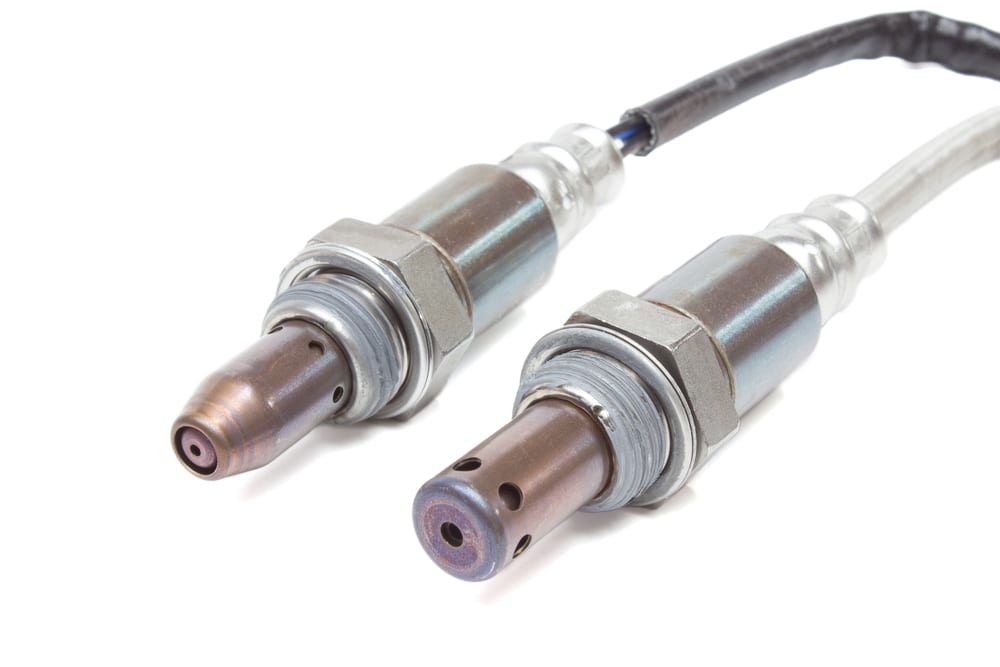

If you have a car that was made after 1980, then you have an air fuel ratio sensor. It is a component in your emissions control that sends information to your engine computer in order to help it run efficiently while producing as little as possible in the way of emissions. The gasoline engine in your car uses oxygen and fuel in a specific ratio. The perfect ratio depends on how much carbon and hydrogen are present in any given amount of fuel. If the ratio is not perfect, then fuel is left over – this is referred to as a “rich” mixture, and it causes pollution due to unburned fuel.
A “lean” mixture, on the other hand, doesn’t burn enough fuel, and emits too much oxygen, resulting in other types of pollutants called “nitrogen oxide” pollution. A lean mix can result in poor engine performance, and even damage. The oxygen sensor is located in the exhaust pipe, and it delivers information to the engine so that if the mixture is either too rich or too lean, it can be adjusted. Because the air fuel ratio sensor is used every time you drive, and because it is exposed to contaminants, it can fail. Usually, you will get anywhere from three to five years out of your air fuel ratio sensor.
Signs that your air fuel ratio sensor needs to be replaced include:
- Poor fuel economy
- Sluggish performance
If you think that your oxygen sensor needs to be replaced, or if you are experiencing other problems related to emissions control, you should have your vehicle checked out by a qualified mechanic. They can diagnose any problems that you may be having with your emissions control system, and if necessary, replace the air fuel ratio sensor.



